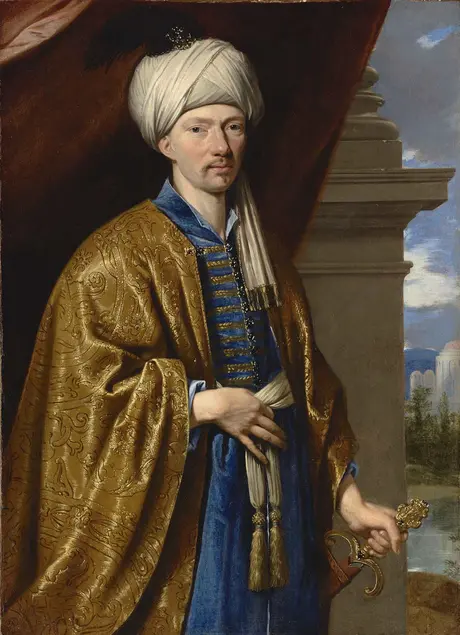French Travelers to the East: Jean de Thévenot and Cultural Exchange in the 16th and 17th Centuries
A 17th-century portrait of Jean de Thévenot by Philippe de Champaigne, one of France's most important Baroque painters, is the centerpiece of a small, focused exhibition exploring themes of cultural exchange in the 16th and 17th centuries.
